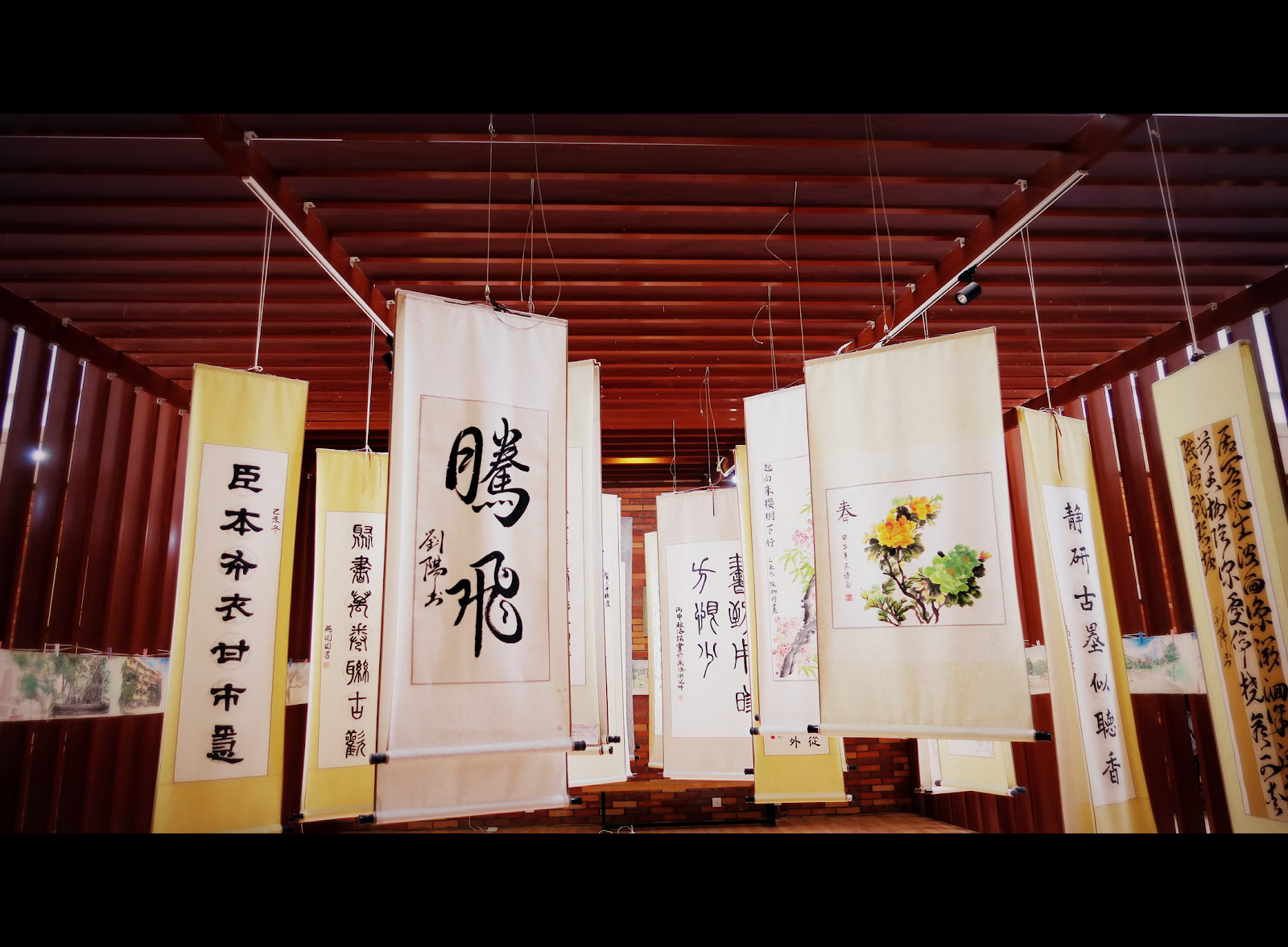Post 4: The Texture of History
There are 85 million tons of paper used by Americans each year. Nowadays, paper is the no.1 thing that everyone has in their household, office, and personal & public space. Even with the increasing use of digital technology, paper still remains a necessity everywhere around the world, wealthy or poor.
Before the invention of paper, early civilizations like the ancient Egyptians and the ancient Chinese used various ways of writing and carving to document important materials during the 2000 B.C.s. Untanned sheepskins and clay carving were used for documentation and calculations; Oracle bones were used for religious practices, bamboos were used to record philosophical passages. As early as the 200 A.D.s, the Chinese have been using paper made out of linen fibers and other materials. However, those papers were made by curious individuals, due to the difficult process and the roughness of the material, the linen fiber paper never was able to be spread around as a technology.
Things changed during the 105 A.D, when a Chinese governmental official man, Tsai, Lun (蔡伦) invented a piece of thin sheet. Inspired by the idea of making silk, the piece was made with sesame fiber, bamboo fiber, tree skin, and shabby cloth. While sounding half-eatable yet containing unexpected materials, the sheet was able to hold ink and was much easier to carry than the rolls and rolls of bamboo that required to be carried with cases. The government at the time loved this invention and started developing this paper-making technology.
The word “paper” was derived from the word “papyrus”, an Ancient Greek word. Tsai Lun lived during the Han Dynasty, the age when the silk road was established. As trade emerged, paper became one of the most popular items along the silk road, so was paper-making technology. The word “papyrus” was then also quickly adopted by many countries along the silk road and through what we now refer to as the “silk road on the ocean”.
Later on, the Chinese summarized the technology based on Tsai Lun’s legacy and created detailed steps of making paper, including selecting and creating base material, beating, separating, and drying. As agriculture advances, the material being used becomes more fine and delicate. During the Tang Dynasty, where also calligraphy was highly valued by high-classes in the society, various types of paper, including different textures and decorations were widely produced and sold, both within the country and overseas.
The invention of paper changed the world internationally in every shape and form. With paper, human literature, art, and science were able to widely spread with the simplest way of carrying and storing information. It speeded up the progression of civilization and gave people infinite space for creativity and innovation. The invention also brought the world together. As countries around the world started using paper and passing information on paper, conversations were better established, people were able to learn about each other across communication barriers and bridges. Nowadays, paper has become cheap and accessible. However, paper is and will always be the texture of history. If heard closely, one can hear the words of the ancient as if having a conversation across time. If seen carefully, within each fiber, it is the ancient wisdom looking back at us, calling us to reflect upon experience and never stop the footsteps of creating something stronger and better.
Sources:
https://www.usi.edu/recycle/paper-recycling-facts/#:~:text=Americans%20use%2085%2C000%2C000%20tons%20of,is%20packaging%20and%20junk%20mail.
https://interestingengineering.com/the-long-and-complex-history-of-paper#:~:text=Before%20the%20invention%20of%20paper,%2C%20papyrus%2C%20parchment%20and%20vellum..
http://www1.biologie.uni-hamburg.de/b-online/library/history/tsailun.html.
https://www.youtube.com/watch?v=DdI9aGp7b_A.
http://www.hwjyw.com/zhwh/content/2009/09/03/644.shtml
http://tujie.jianbihua.org/101817.html








Comments
Post a Comment